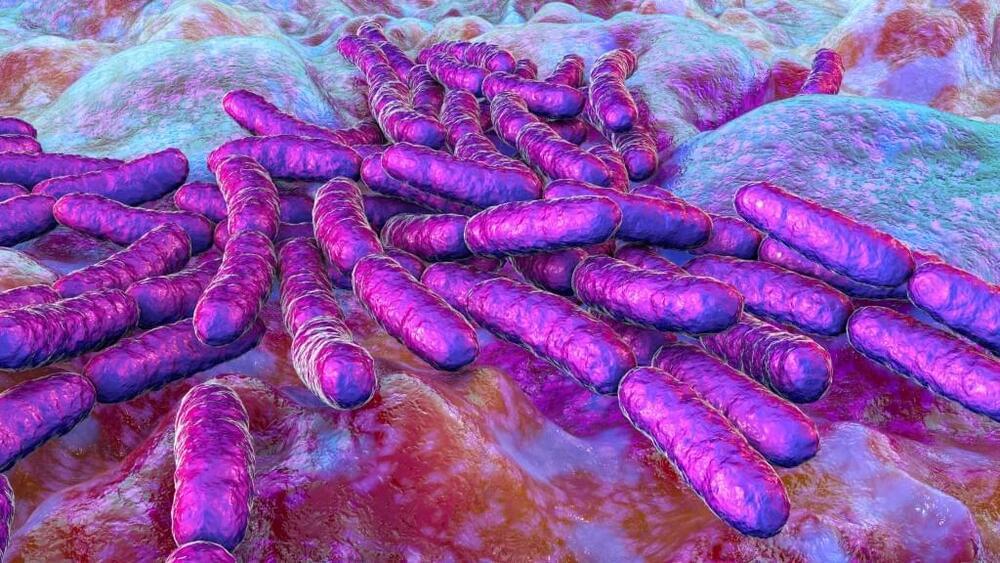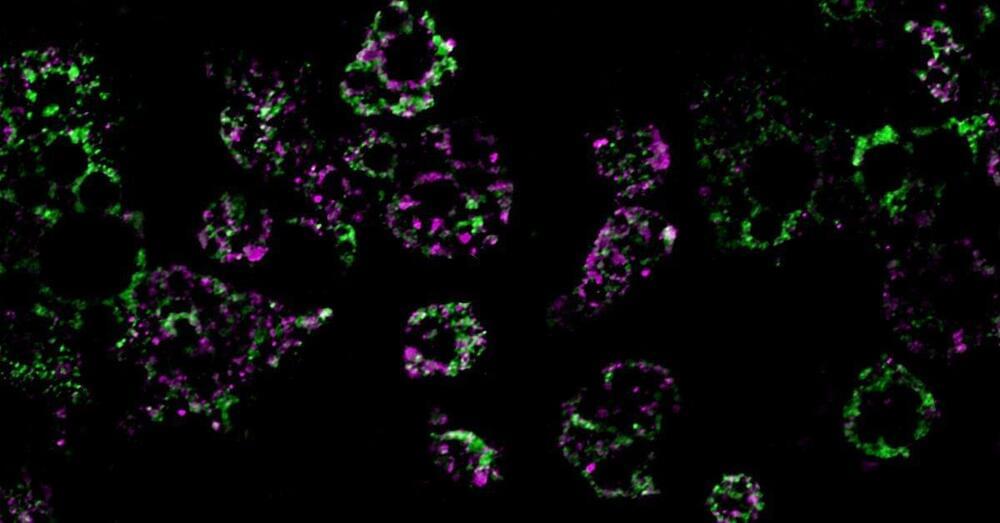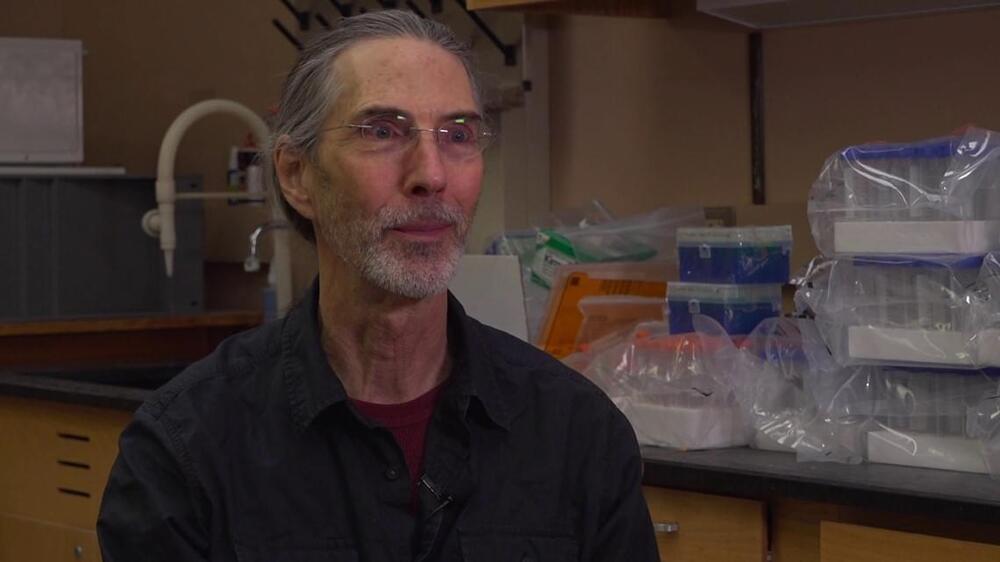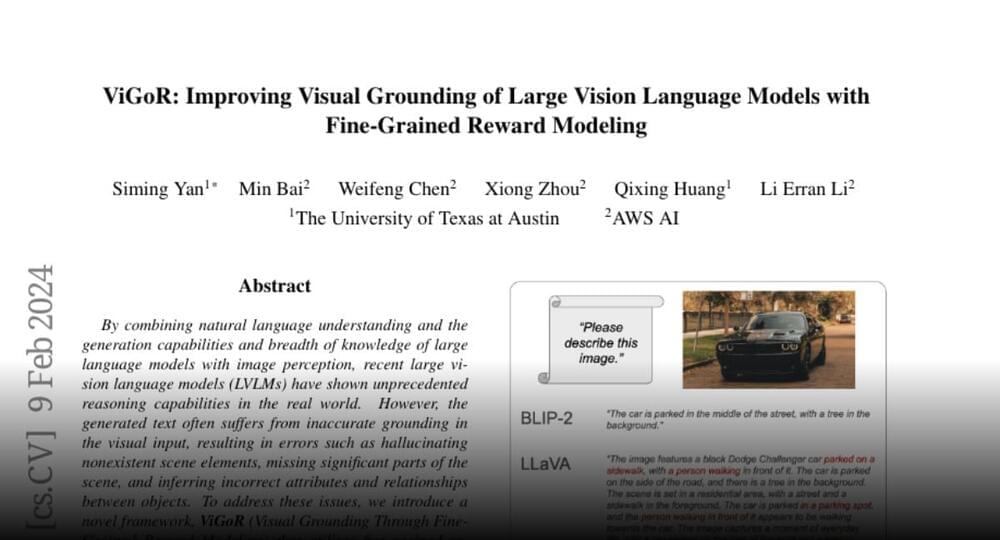The discovery of lactate-producing, resistance-building bacteria inside tumours could be exploited for future treatments.
The number of people with obesity has nearly tripled since 1975, resulting in a worldwide epidemic. While lifestyle factors like diet and exercise play a role in the development and progression of obesity, scientists have come to understand that obesity is also associated with intrinsic metabolic abnormalities.
Now, researchers from University of California San Diego School of Medicine have shed new light on how obesity affects our mitochondria, the all-important energy-producing structures of our cells.
In a study published in Nature Metabolism, the researchers found that when mice were fed a high-fat diet, mitochondria within their fat cells broke apart into smaller mitochondria with reduced capacity for burning fat. Further, they discovered that this process is controlled by a single gene. By deleting this gene from the mice, they were able to protect them from excess weight gain, even when they ate the same high-fat diet as other mice.
An audio reading of The Machine Stops by E.M. Forster. Join this channel to get access to perks: https://www.youtube.com/channel/UCXG_10QqNnu62Z5RBeZYeZA/joinJ…
Dream Chaser Spacecraft
Posted in space travel
After years of trials, Iowa State genetic scientists can build a DNA structure that can express its own genetic instructions, which could lead to medical advances.
Amazon presents ViGoR
Improving Visual Grounding of Large Vision Language Models with Fine-Grained Reward Modeling.
Join the discussion on this paper page.









